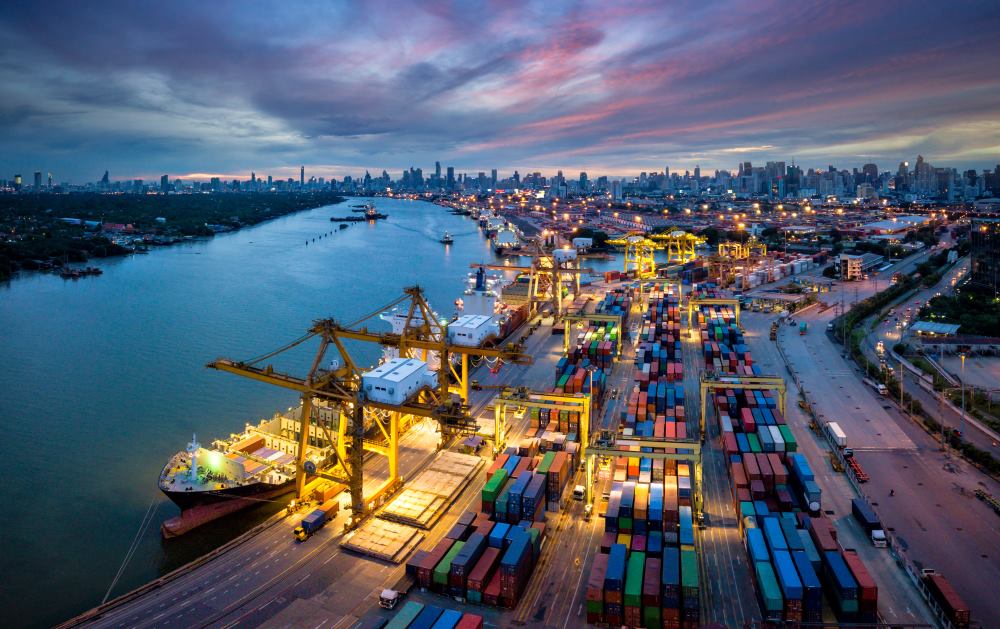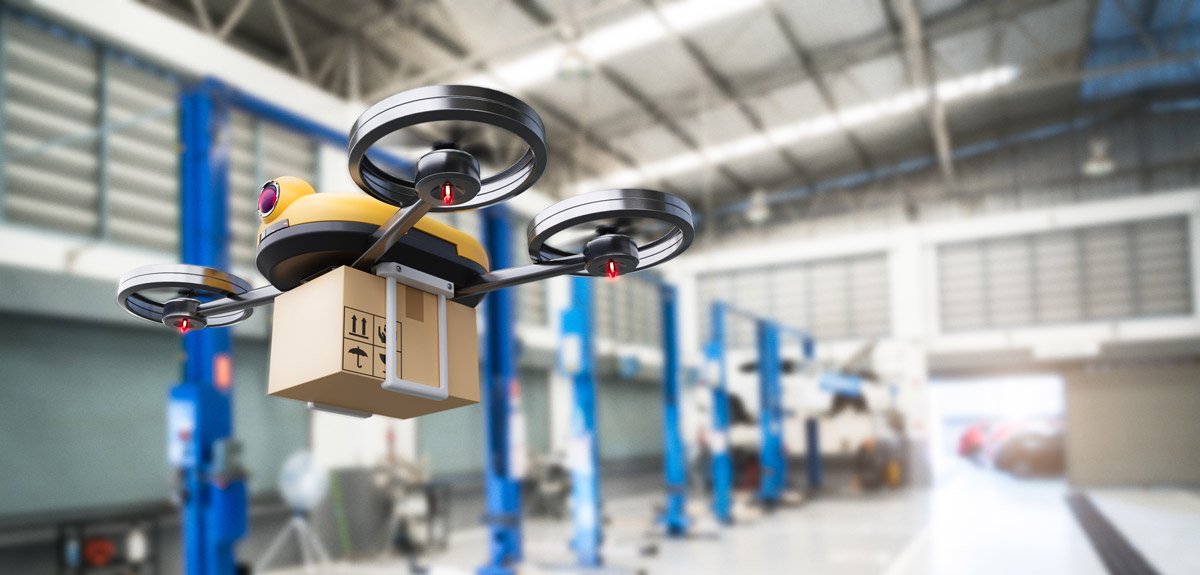Digital transformation and the drive to deliver closer integration between online and off-line shopping was already a clear challenge for fast-moving consumer goods companies. But the unexpected crisis of 2020 has posed even greater difficulties, and companies are planning now how to adapt. It’s more important than ever to recognise how data, specifically mobility data, can guide business decisions.
For robust network connectivity, where there is often a seamless transition from a fixed line to a cellular network in the event of an outage, a high level of sophistication, visibility and control is required behind the scenes. Richard Taylor, IoT Business Development Manager with CKHIOD, explains how a cellular backup network with granular control is transforming the service resellers can provide to their customers.
Digital transformation initiatives are showing results across industries, and while strong leadership and a clear vision of objectives are vital for success, so is a flexible communications infrastructure. This is the case no matter which sector an enterprise is in. Digital transformation is also business transformation, potentially a complete change in how an organisation connects to locations, suppliers and partners -- and this brings its communications infrastructure centre-stage.
By 2025 there will be 42 billion connected IoT devices generating almost 80 zettabytes of data. But what benefits are enterprises gaining from these connected devices and all of that data? As we enter into a new decade, Tom Gardner, Head of IoT & MVNO at CKHIOD outlines how IoT is making an impact in the retail, transport and utilities sectors.
We wrote last year about the ongoing complexities of the digital transformation challenge, and it's still true that this kind of fundamental change is difficult.
Global IoT services can prove challenging for organisations to implement efficiently, cost-effectively and with certainty throughout the device lifetime. Fortunately, eSIM makes this go-anywhere, always-on connectivity feasible.
For multinational companies looking at rolling out IoT devices globally, the challenge often boils down to one key aspect: connectivity. How do they ensure each device works the same way in each territory? For IoT managed services firm Eseye, ubiquitous, out of the box, zero touch connectivity is the Holy Grail, the missing piece that will accelerate IoT worldwide. Ian Marsden, Chief Technical Officer and founder of Eseye explains how the company and its partners are working towards making global connectivity a reality and why that's so important to the growth of IoT.
This decade is all about performance, and enterprises will compete and win on their ability to deliver faster, with more efficiency and better communication right across the organisation.
Today's ports are facing mounting challenges. The rise of the megaship with its massively increased container capacity and sheer size has created bottlenecks in ports all over the world with vessels regularly experiencing longer waiting times. As megaships become more prevalent and global trade continues to ramp up, ports are turning to technology to streamline operations and speed up the unloading and loading process.
IoT Private networks Automation Remote control Port of the future
Imagine a completely automated supply chain where processes combine with technology solutions to deliver products without any human intervention. A consumer places an order, the order is transmitted to 3D printers that print the final product using additive manufacturing processes. The completed order is then retrieved by a robot and packaged ready to be placed onto a self-driving truck. The truck leaves the production plant and drones are dispatched through a rolltop roof to deliver the products while the truck is in motion.














